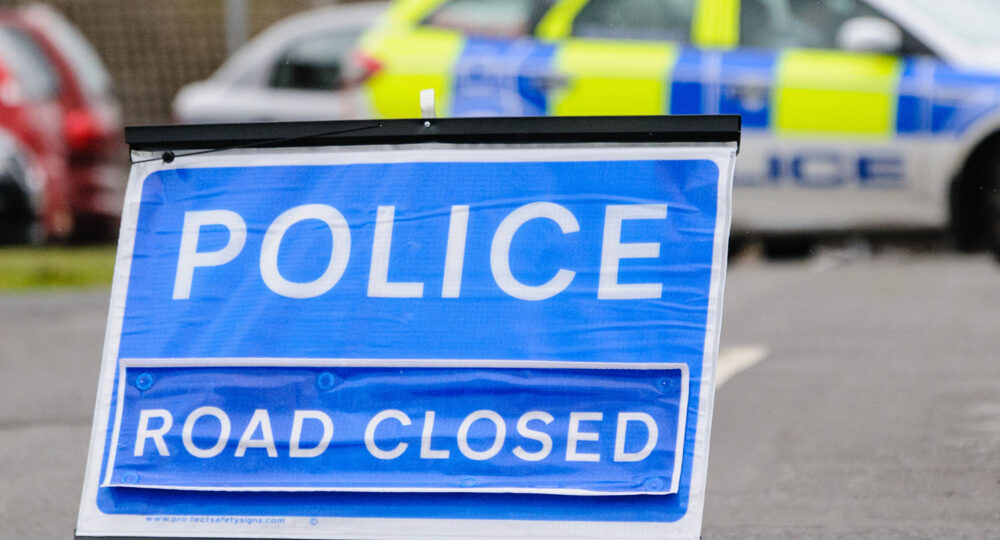Playground accidents, though unfortunate, are a reality that parents and authorities must confront. Playgrounds are essential spaces for children’s recreation and development, but they also pose inherent risks of accidents and injuries. In the United Kingdom, playground safety is governed by specific laws and regulations to ensure children’s well-being while they play.
Playground Safety Rules and Regulations
Playgrounds in the UK are subject to stringent safety regulations aimed at minimizing the risk of accidents. Playgrounds in the UK are subject to various legal regulations, including:
- Health and Safety at Work Act 1974: Imposes a duty on employers and those in control of premises to ensure the health and safety of individuals.[2]
- The Playground Regulations 1998: Sets standards for the design, installation, and maintenance of playground equipment to ensure safety.[3]
These regulations often cover aspects such as equipment design, installation, maintenance, and supervision. For instance, playground equipment should meet British and European safety standards to ensure durability and reduce the likelihood of injuries. Regular inspections and maintenance routines are essential to identify and address potential hazards promptly.
Understanding Playground Accidents
Despite safety measures, playground accidents still occur. According to statistics from the Royal Society for the Prevention of Accidents (RoSPA), approximately 40,000 children under the age of 15 require medical attention due to playground injuries annually in the UK. These accidents range from minor scrapes to more severe fractures and head injuries. Common causes include falls from equipment, collisions with other children, and entrapment in equipment.
Recent Case
In August 2023, a young girl sustained a fractured arm while playing on a slide in a local playground. The incident, involving the granddaughter of Rangers legend John ‘Bomber’ Brown, serves as a reminder of the potential dangers present in playgrounds. Despite efforts to maintain safety standards, accidents can still occur unexpectedly, leading to physical harm and emotional distress for the affected child and their family.[1]
Preventative Measures
Preventing playground accidents requires a collective effort from parents, caregivers, authorities, and playground designers. Obtaining professional design and layout advice, selecting equipment that meets safety standards, and ensuring regular inspections and maintenance are crucial steps in creating a safe play environment. Additionally, users should actively check playgrounds for hazards and report any safety concerns to the relevant authorities for prompt action.
Navigate Playground Safety With Expert Legal Advice
Improving Children’s Playgrounds and Playground Safety
Providers and users alike play significant roles in improving playground safety. Providers should obtain professional design advice, select compliant equipment, conduct regular inspections, and maintain playgrounds effectively. Users, on the other hand, should actively check playgrounds for hazards and report any issues to the authorities. By working together, both providers and users can contribute to creating safer playground environments for children.
Where was the most dangerous playground?
When reviewing the councils with the highest levels of accidents and complaints combined, it appears that Eastleigh in Hampshire tops the table of the UK’s most dangerous public playparks. With a combined total of 240 complaints and accidents being reported between 2019 and 2022, it’s no wonder this historic Hampshire town was found as the worst area for children’s accidents. In 2021 alone, the council received 88 complaints about the safety of the equipment in their playgrounds.[4]
Where was the safest playgrounds?
Moving on to the areas with the safest playgrounds, it was found that 23 councils have had zero complaints and accidents recorded at their parks between 2019 and 2022. Leicester City Council, who manage 184 parks in total, and Camden Borough Council who manage 155, were amongst some of the safest areas. Oxfordshire and Cambridgeshire were ranked in the top 5 of the lowest number of accidents and safety complaints. However, the West Midlands was found to have the safest playgrounds with the lowest number of accidents and complaints.[4]
Seeking Legal Guidance
Parents may wonder if it’s possible to pursue legal action if their child is injured on a playground. The answer is yes, under certain circumstances. If negligence on the part of the playground owner, equipment manufacturer, or supervising adult contributed to the child’s injury, legal action may be warranted. However, proving negligence can be complex and requires evidence to establish liability.
In conclusion, playground accidents are a concerning reality that demands attention from all stakeholders involved. By adhering to safety regulations, implementing preventative measures, and understanding legal rights, we can strive to create safer playgrounds for our children. If your child has been injured in a playground accident, seeking legal guidance from a reputable Personal Injury solicitor can provide clarity on your options and help you navigate the legal process effectively.
Resources:
[1] The Scottish Sun – https://www.thescottishsun.co.uk/news/11167364/john-brown-rangers-granddaughter-school-accident/
[2] Health and Safety at Work Act 1974
[3] The Playground Regulations 1998
[4] Royal Society for the Prevention of Accidents (RoSPA)



